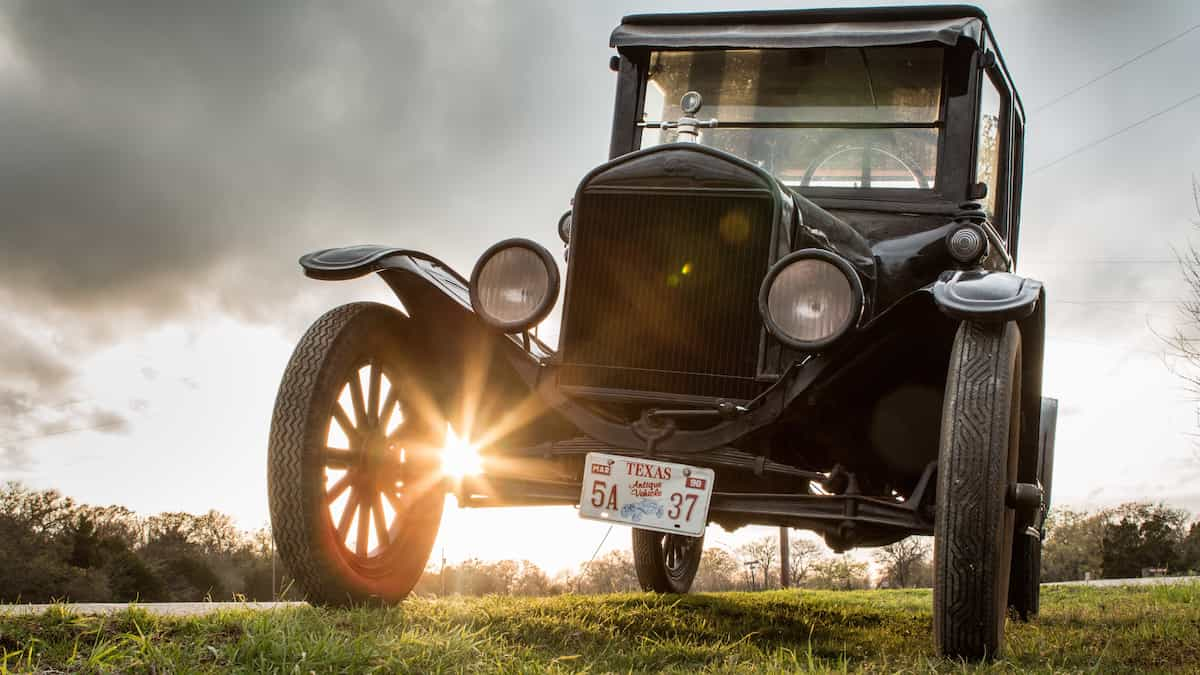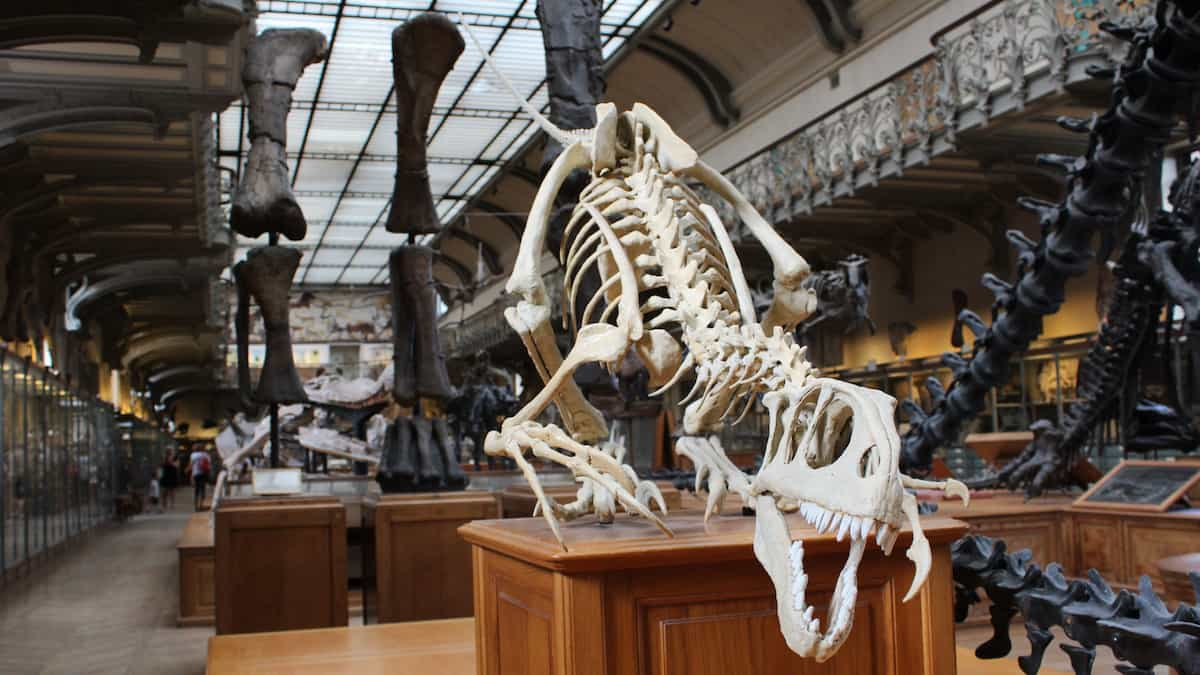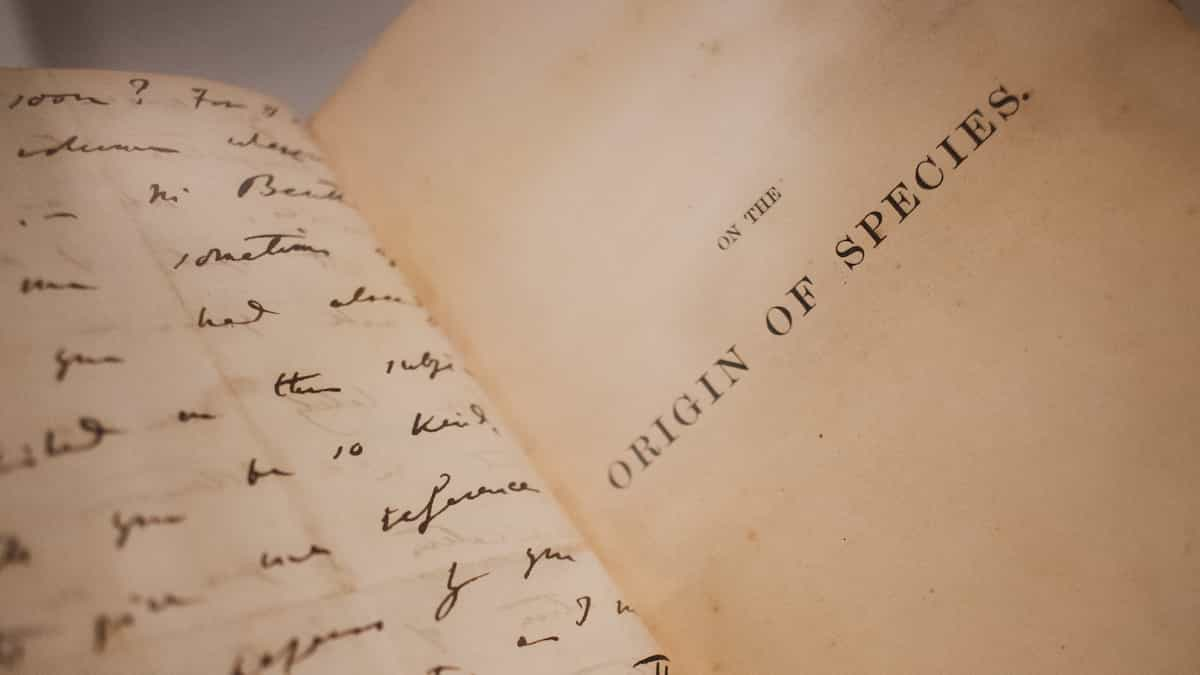Sentence Completion Questions in IELTS Reading
Learn about Sentence completion questions in IELTS reading with an overview, recommended strategy and practice questions.

Overview
Sentence completion questions test your ability to locate detail / specific information in the passage.
Here are some key points about Sentence completion questions:
- You’ll be asked to complete sentences with words from the passage.
- The questions are in the same order as the information in the passage. This means that the answer to the first question will come before the answer to the second one.
- They can be used with any type of passage.
Example questions
Here are some example Sentence completion questions from a passage about technological advances in the 1920s.
You can try these questions in the practice section.
Questions 1 – 5
Complete the sentences. Write NO MORE THAN TWO WORDS from the text in each gap.
Maximise your IELTS reading score with these essential tips.
Recommended strategy
Here’s my recommended strategy for answering Sentence completion questions. I’ll use Question 1 to demonstrate the steps you need to take.
Step 1 > Identify key words in the question
Key words are the important words that help you understand the focus of the question. Key words include names, places and figures, as well as nouns, verbs and adjectives.
Here’s the first question with the key words highlighted.
Step 2 > Scan the passage to find the key words
Once you’ve identified the key words, you can scan for them in the passage. It’s important to keep in mind that synonyms – words and phrases with the same or a similar meaning – are often used in the passage rather than the actual key words from the question, so you need to look for them, too.
Here’s the reading passage. You can see that the key words and/or synonyms for this question have been highlighted.
↕ scrollable window
In the 1920s, prosperity manifested itself in many forms in the United States, most notably in advancements in technology, which led to new patterns of leisure and consumption. The decade opened up new possibilities of mobility for a large percentage of the US population, as automobile manufacturers began to mass produce what had once been a luxury item, and daring aviators both demonstrated and drove advancements in aircraft technology.
The most significant innovation of this era was Henry Ford’s Model T Ford, which made car ownership available to the average American. Ford did not invent the automobile – the Duryea brothers in Massachusetts as well as Gottlieb W. Daimler and Karl Friedrich Benz in Germany were early pioneers. By the early twentieth century, hundreds of car manufacturers existed. However, they all made products that were too expensive for most Americans.
Ford revolutionised industrial work by perfecting the assembly line, which enabled him to bring down labour costs within the production process. The product was moved from one team of workers to the next, each of them completing a step so simple that they had to be, in Ford’s words, “no smarter than an ox”. His reliance on the moving assembly line, scientific management, and time-motion studies added to his emphasis on efficiency over craftsmanship. Ford’s systems enabled him to lower the Model T’s price from $850 in 1908 to $300 in 1924, making car ownership a real possibility for a large share of the population. As prices dropped, even those on low incomes were able to enjoy the freedom and mobility that cars offered. By 1929, there were over twenty-three million automobiles on American roads.
Ford’s approach had many benefits for his workers, but also some drawbacks. Ford was adamantly opposed to union activity and made every effort to stamp it out, including the use of intimidation tactics. The boring, repetitive nature of the assembly line work also generated a high turnover rate. However, to deal with this issue, he doubled workers’ pay to five dollars per day, and, in a major departure from the norm at the time, cut working hours to eight. Ford’s assembly line also offered greater equality than most opportunities of the time, as he paid White and Black workers equally. Seeking these wages, many African Americans from the South moved to Detroit and other large northern cities to work in factories.
The automobile changed the face of America, both economically and socially. Industries like glass, steel, and rubber processing expanded to keep up with auto production. The oil industry in California, Oklahoma and Texas expanded, as Americans’ reliance on oil increased and the nation transitioned from a coal-based economy to one driven by petroleum. In response to the growing popularity of cars, there was a dramatic government-funded expansion of road networks, which permitted motels and restaurants to spring up and offer new services to millions of newly mobile Americans with cash to spend. New shopping and living patterns also emerged, and streetcar suburbs gave way to automobile suburbs as private automobile traffic began to replace mass transit on trains and trolleys.
The 1920s not only witnessed a transformation in ground transportation but also major changes in air travel. By the mid-1920s, men – as well as some pioneering women like the African American stunt pilot Bessie Coleman – had been flying for two decades. But there remained doubts about the suitability of aeroplanes for long-distance travel. Orville Wright, one of the pioneers of aeroplane technology in the United States, once famously declared, “No flying machine will ever fly from New York to Paris [because] no known motor can run at the requisite speed for four days without stopping.” However, in 1927, this scepticism was finally put to rest when Charles Lindbergh became the first person to fly solo across the Atlantic Ocean, flying from New York to Paris in thirty-three hours.
Lindbergh’s flight made him an international hero: the best-known American in the world. On his return, Americans greeted him with a ticker-tape parade – a celebration in which shredded paper thrown from surrounding buildings creates a festive, flurry effect. His flight, which he completed in the monoplane Spirit of St. Louis, seemed like a triumph of individualism in modern mass society and exemplified Americans’ ability to conquer the air with new technology. Following his success, the small airline industry began to blossom, fully coming into its own in the 1930s, as companies like Boeing and Ford developed aeroplanes designed specifically for passenger air transport. As technologies in engine and passenger compartment design improved, air travel became more popular. In 1934, the number of US domestic air passengers was just over 450,000 annually. By the end of the decade, that number had increased to nearly two million.
__________Here are the key words from the question as well as the words used in the passage.
| Question | Passage |
|---|---|
| Ford | Ford |
| reduced | bring down |
| using | – |
| assembly line | assembly line |
Step 3 > Read carefully
Once you’ve found the relevant part of the passage, read it carefully and decide on your answer. You should always read the sentences before and after the sentences that contain key words to make sure you don’t miss anything.
Here’s the relevant part of the passage.
Ford revolutionised industrial work by perfecting the assembly line, which helped him bring down labour costs within the production process.
Labour costs seems to be the correct answer. However, it’s very important to make sure that our answer fits within the word limit for the question. We can see that the instructions say to write NO MORE THAN TWO WORDS from the passage for each answer. Labour costs fits within this word limit, so we can safely choose it as our answer.
Final tips
Here are some important final tips:
- Remember that the questions are in the same order as the information in the passage. This means that the answer to the first question will come before the answer to the second one.
- Remember that all of your answers must be words from the passage.
Practice questions
Now it’s your turn to practise. Answer the remaining Sentence completion questions from the passage using the steps outlined above.
↕ scrollable window
In the 1920s, prosperity manifested itself in many forms in the United States, most notably in advancements in technology, which led to new patterns of leisure and consumption. The decade opened up new possibilities of mobility for a large percentage of the US population, as automobile manufacturers began to mass produce what had once been a luxury item, and daring aviators both demonstrated and drove advancements in aircraft technology.
The most significant innovation of this era was Henry Ford’s Model T Ford, which made car ownership available to the average American. Ford did not invent the automobile – the Duryea brothers in Massachusetts as well as Gottlieb W. Daimler and Karl Friedrich Benz in Germany were early pioneers. By the early twentieth century, hundreds of car manufacturers existed. However, they all made products that were too expensive for most Americans.
Ford revolutionised industrial work by perfecting the assembly line, which enabled him to bring down labour costs within the production process. The product was moved from one team of workers to the next, each of them completing a step so simple that they had to be, in Ford’s words, “no smarter than an ox”. His reliance on the moving assembly line, scientific management, and time-motion studies added to his emphasis on efficiency over craftsmanship. Ford’s systems enabled him to lower the Model T’s price from $850 in 1908 to $300 in 1924, making car ownership a real possibility for a large share of the population. As prices dropped, even those on low incomes were able to enjoy the freedom and mobility that cars offered. By 1929, there were over twenty-three million automobiles on American roads.
Ford’s approach had many benefits for his workers, but also some drawbacks. Ford was adamantly opposed to union activity and made every effort to stamp it out, including the use of intimidation tactics. The boring, repetitive nature of the assembly line work also generated a high turnover rate. However, to deal with this issue, he doubled workers’ pay to five dollars per day, and, in a major departure from the norm at the time, cut working hours to eight. Ford’s assembly line also offered greater equality than most opportunities of the time, as he paid White and Black workers equally. Seeking these wages, many African Americans from the South moved to Detroit and other large northern cities to work in factories.
The automobile changed the face of America, both economically and socially. Industries like glass, steel, and rubber processing expanded to keep up with auto production. The oil industry in California, Oklahoma and Texas expanded, as Americans’ reliance on oil increased and the nation transitioned from a coal-based economy to one driven by petroleum. In response to the growing popularity of cars, there was a dramatic government-funded expansion of road networks, which permitted motels and restaurants to spring up and offer new services to millions of newly mobile Americans with cash to spend. New shopping and living patterns also emerged, and streetcar suburbs gave way to automobile suburbs as private automobile traffic began to replace mass transit on trains and trolleys.
The 1920s not only witnessed a transformation in ground transportation but also major changes in air travel. By the mid-1920s, men – as well as some pioneering women like the African American stunt pilot Bessie Coleman – had been flying for two decades. But there remained doubts about the suitability of aeroplanes for long-distance travel. Orville Wright, one of the pioneers of aeroplane technology in the United States, once famously declared, “No flying machine will ever fly from New York to Paris [because] no known motor can run at the requisite speed for four days without stopping.” However, in 1927, this scepticism was finally put to rest when Charles Lindbergh became the first person to fly solo across the Atlantic Ocean, flying from New York to Paris in thirty-three hours.
Lindbergh’s flight made him an international hero: the best-known American in the world. On his return, Americans greeted him with a ticker-tape parade – a celebration in which shredded paper thrown from surrounding buildings creates a festive, flurry effect. His flight, which he completed in the monoplane Spirit of St. Louis, seemed like a triumph of individualism in modern mass society and exemplified Americans’ ability to conquer the air with new technology. Following his success, the small airline industry began to blossom, fully coming into its own in the 1930s, as companies like Boeing and Ford developed aeroplanes designed specifically for passenger air transport. As technologies in engine and passenger compartment design improved, air travel became more popular. In 1934, the number of US domestic air passengers was just over 450,000 annually. By the end of the decade, that number had increased to nearly two million.
__________Questions 1 – 5
Complete the sentences. Write NO MORE THAN TWO WORDS from the text in each gap.
Feedback
Click below for the answers.
The correct answer is “labour costs”.
Here’s the relevant part of the passage:
“Ford revolutionised industrial work by perfecting the assembly line, which helped him bring down labour costs within the production process.”The correct answer is “low incomes”.
Here’s the relevant part of the passage:
“As prices dropped, even those on low incomes were able to enjoy the freedom and mobility that cars offered.”The correct answer is “union activity”.
Here’s the relevant part of the passage:
“Ford was adamantly opposed to union activity and made every effort to stamp it out, including the use of intimidation tactics.”The correct answer is “working hours”.
Here’s the relevant part of the passage:
“However, to deal with this issue, he doubled workers’ pay to five dollars per day, and, in a major departure from the norm at the time, cut working hours to eight.”The correct answer is “road networks”.
Here’s the relevant part of the passage:
“In response to the growing popularity of cars, there was a dramatic government-funded expansion of road networks, which permitted motels and restaurants to spring up and offer new services to millions of newly mobile Americans with cash to spend.”
















